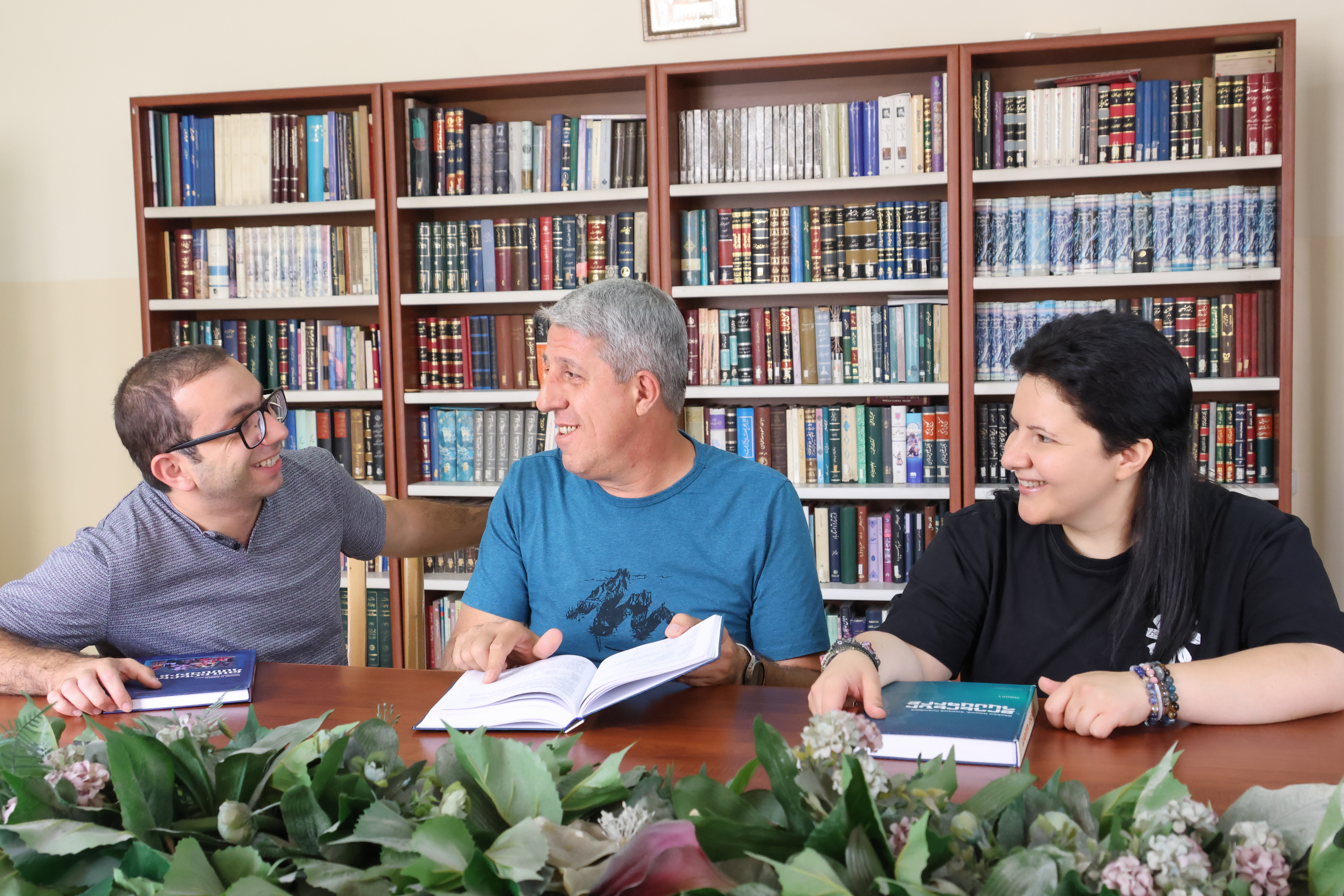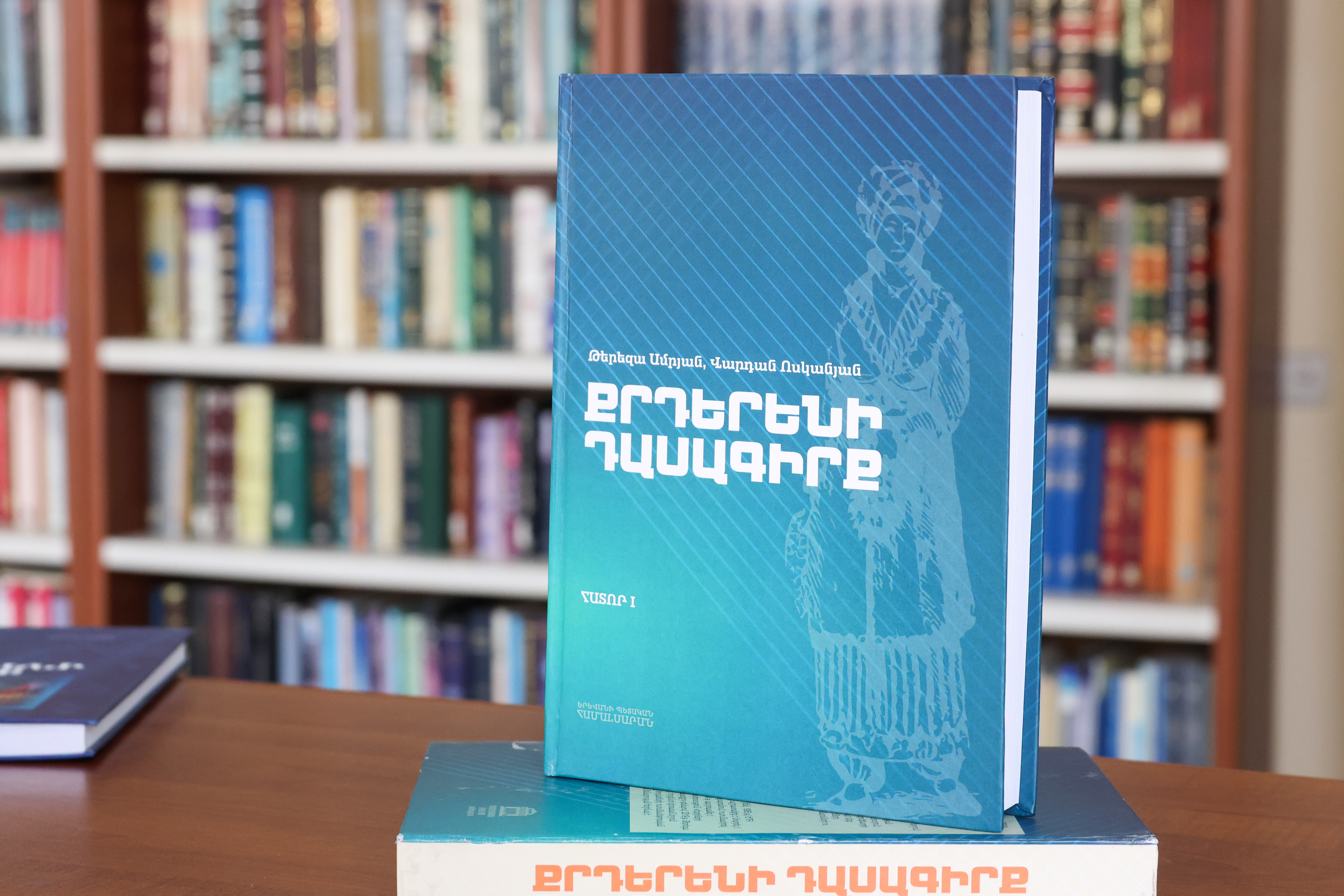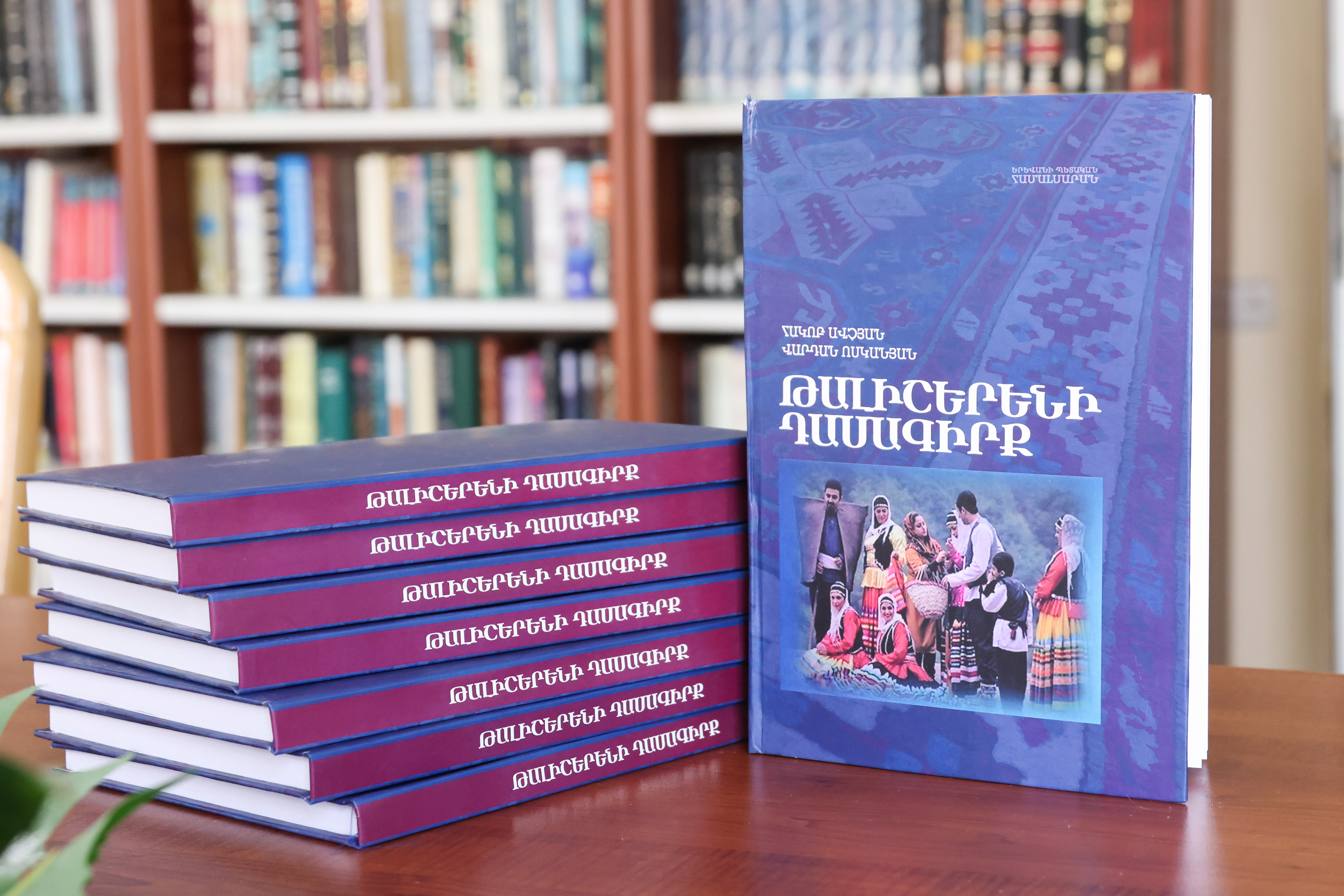September 03, 2024 | 11:47
Science
Education
Publications and scientific journals
New Kurdish and Talysh textbooks: Opportunity for professional development
Professors from the YSU Faculty of Oriental Studies have published new textbooks for learning Kurdish and Talysh. These resources are designed to enhance students' professional skills, offering a structured approach to language learning and enabling practical application of theoretical knowledge.

The Kurdish language textbook is authored by Professor Vardan Voskanyan, PhD, Head of the Chair of Iranian Studies at the YSU Faculty of Oriental Studies, and Associate Professor Tereza Amryan, PhD, a faculty member in the same chair.
The Talysh language textbook is authored by Professor Vardan Voskanyan, PhD, Head of the Chair of Iranian Studies at the YSU Faculty of Oriental Studies, and Associate Professor Hakob Avchlyan, PhD, a faculty member in the same chair.
Why were these textbooks created? Professor Vardan Voskanyan, PhD, Head of the Chair of Iranian Studies at YSU and co-author of the books, explains.
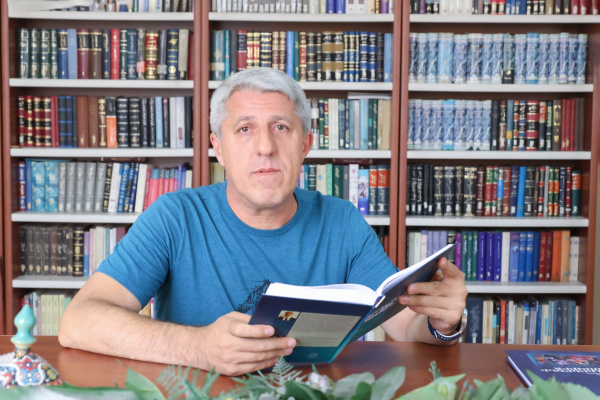
The Chair of Iranian Studies at YSU Faculty of Oriental Studies is one of the exclusive centers in Armenia, the post-Soviet region, and Europe where the Talysh language is taught. In fact, it is the only academic institution in the world that systematically studies the Talysh language.
In this context, having a textbook that addresses key linguistic issues is crucial.
Referring to the creation and publication of the Kurdish language textbook, it's important to note that Armenia and YSU have always been an important center for the study and development of Kurdish studies. The publication of this new textbook represents a logical continuation of this "mission".
YSU is uniquely positioned as the only academic institution where both Talysh and Kurdish are taught simultaneously.
It is important to recognize that these languages are prevalent in our neighboring countries. Therefore, it is highly encouraged to have professionals who are fully proficient in these languages and can work effectively in both academic and applied fields. Kurdish and Talysh, in particular, are important languages in our region.
The creation of these textbooks primarily aims to support our scholars, students, and language learners. It is also important as a means of preserving national identity for two peoples, the Kurds and the Talysh, who are under much oppression, and this is also the reason why we have received many positive responses from both communities.
What does the new Kurdish textbook offer? Associate Professor Tereza Amryan, PhD, a faculty member in the Chair of Iranian Studies at YSU and co-author of the book, explains.
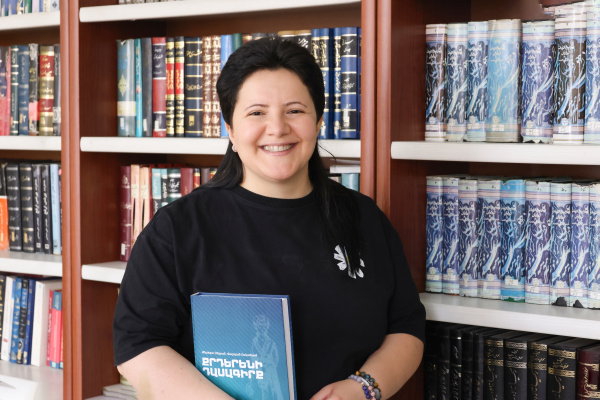
Kurdish has two major dialect groups: Kurmanji and Sorani. For many years, Kurmanji was taught as a second Iranian language at YSU. However, we lacked a comprehensive university textbook that supported not just theoretical knowledge but also practical speaking and communication skills. To address this gap, we have developed a new textbook that will certainly be useful for both students and language learners.
The first volume of the Kurdish language textbook is already in use, we have finished the second volume of the book as well.
The first volume introduces fundamental aspects of Kurdish grammar, including key parts of speech and one tense of the verb. It covers essential rules and concepts necessary for building a solid foundation in the language. The second volume expands on this foundation by providing a comprehensive overview of all verb tenses and parts of speech. Additionally, the textbook includes supplementary text passages and exercises designed to deepen grammar knowledge and enrich vocabulary.
The study of the Kurdish language is contemporary in that the study of a language offers new opportunities not only in linguistics but also in anthropology and ethnography.
I would like to add that creating this textbook, despite its complexity, was both an interesting and responsible process. I am very pleased to have been a part of this important work.
Why study the Talish language? What was the motivation for creating the textbook? Associate Professor, PhD Hakob Avchlyan from the Chair of Iranian Studies at YSU and co-author of the book, explains.
The Talish language has been taught at the YSU Chair of Iranian Studies since 2015, and since then, there has been a need for a comprehensive textbook covering all the essential materials.
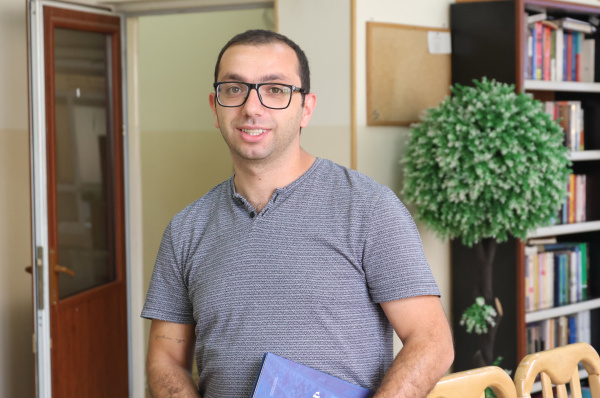
I am proud to say that this is the first university-level textbook on the Talish language in the world. Currently available only in Armenian, we are also working on an English version to make the textbook accessible to scientific centers worldwide, particularly for specialists studying Iranian languages and those focusing on Talish.
The book is a single volume containing 27 lessons that cover the grammar of the Talish language in detail.
Its primary goal is to enable students to independently read texts of medium complexity, press releases and Talish tales.
An additional aim is to promote the Talish language as a subject of academic study, addressing the current scarcity of researchers dedicated to this language globally.
The study of Talish is also important for any researcher involved in Iranian linguistics, as the grammar of the language preserves a number of unique clauses that may be key to understanding other Iranian languages.
It is noteworthy that the Kurdish and Talysh sections of the textbooks were edited by native scholars. This not only ensures linguistic accuracy, but also fosters collaboration between the two nations in the field of science. At YSU's Faculty of Oriental Studies, teaching has already been organized around these new textbooks.




